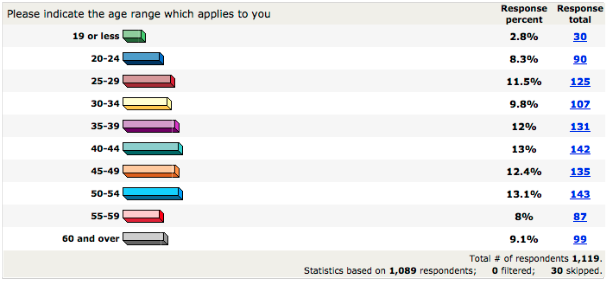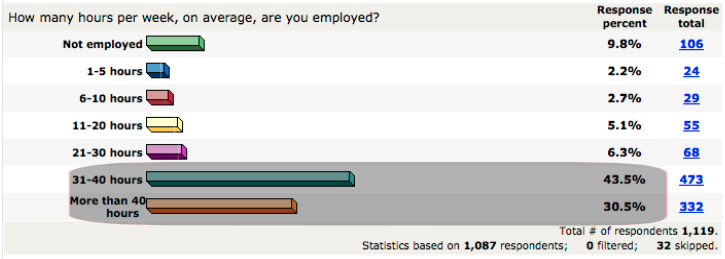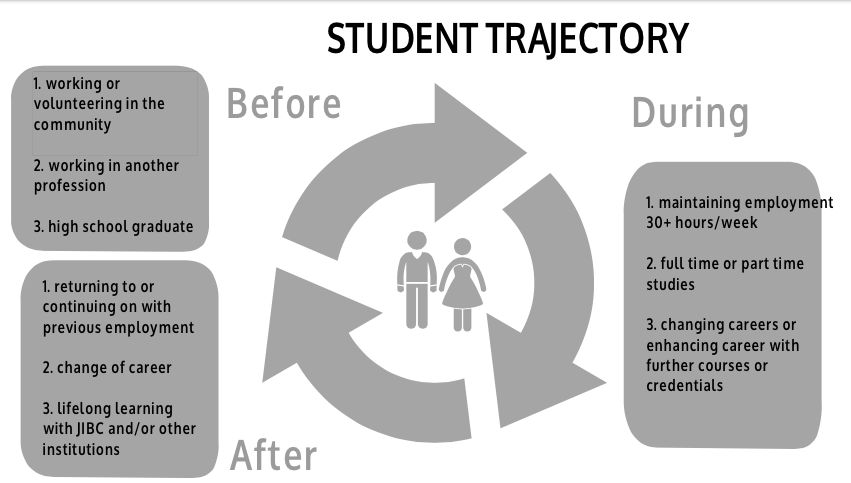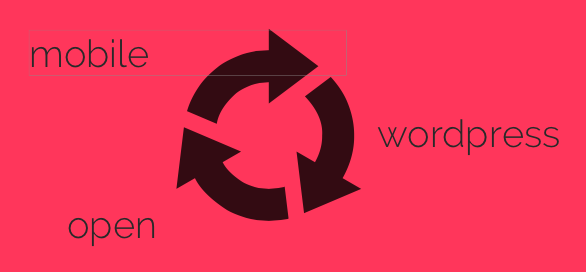Considerations for ed tech and innovation
This is a continuation of a series of posts on innovation, and is my attempt to get a bit more pragmatic about the topic, namely because I was asked to frame some of my thinking into a workshop on innovation in higher education. There’s a number of ways to go with the topic, so I’m starting with some thoughts on considerations for innovation, which in this post I’m using somewhat interchangeably with educational technology. So if you are uncomfortable with the word innovation, you can swap in educational technology and arrive at a similar place.
For starters, it’s important to highlight Tony Bates’ well-established SECTIONS model for selecting educational technologies or media. It’s a great place to start if you are an instructional designer trying to make decisions about educational technology in course and program design. But when talking about innovation and ed tech at an institutional strategic level, I think it can be a good idea to take a step back and ask some bigger questions of your institution.
In considering considerations, I think it’s important to begin with a thinking (or erasing?) exercise that asks you to forget everything you know or think you know about ed tech and start over. At many of our institutions ed tech thinking starts with the LMS, and whether we like it our not the LMS’s institutionally friendly attributes have an important role in shaping our thinking about teaching and learning.
Once you’ve erased your ed tech slate, you are ready to embark on some considerations:
- Consideration #1: What is the learning trajectory of students who interface with your institution? What data do you have about your students and does it tell an accurate story about the trajectory?
- Consideration #2: What is the key driver of educational technology decisions at your institution (eg. access, best possible learning environment, institutional profile, institutional differentiation). You have to pick one, but you can acknowledge that others come into play.
- Consideration #3: What does innovation mean at your institution by the various stakeholders? Does it line up with #1 and #2?
- Consideration #4: What are the problems that need to be solved that could be solved by ed tech? Is your current ed tech environment solving or hindering these problems?
- Consideration #5: Can you afford to not be/go open in some areas of your activities?
- Consideration #6: What can be done to get at 4 and 5? This is innovation.
If I was to go back in time six years when I started my role at JIBC, I would try to systematically engage in a process to get at some of these questions. In reality, the questions emerged over time and in a different order – #2, 3, 4, 6, 1, 5. This is how it played out for us:
Consideration #2: It was pretty consistently stated that JIBC’s driver for ed tech came from a provincial mandate, meaning we have to deliver our programs across a very large geographic area, including rural and remote communities. So for us, educational technology was primarily about access – making it possible for rural and remote communities to avoid expensive travel to Vancouver, and to give greater opportunity for BC communities to access our programs.
Consideration #3: Given #2, there was a very strong collective desire to innovate on how to do this. We had an LMS, and had a web conferencing tool, but there was a sense that this wasn’t enough and was producing satisfactory but not good enough results. So innovation meant finding new models of delivery, new formats for our courses and programs, and better tools. There was also a common theme in that JIBC felt like it had been a leader in educational technology in the past (which they truly were, but that’s a subject of another post), but hadn’t evolved or kept up enough to maintain that status. Anecdote: In my first month at JIBC I was asked by the President in front of a JIBC -wide forum to comment on our ed tech status. I responded that I felt that they already had many of the tools to do what they needed to do (LMS, video streaming, video production, web conferencing). This was clearly the wrong answer and was definitely a TSN turning point in my appreciation and underestimation of JIBC.
Consideration #4: JIBC had a huge appetite and appreciation for educational technology, and unlike other institutions I’d worked at previously, there wasn’t a need to sell the importance at the institution, as illustrated by the above anecdote. There was a greater need to push the envelope, but it took a while to get at the problems that needed to be solved. For example, it took some innovative people in some of our programs to turn me onto mobile (Consideration #6) by putting it into a real professional context (and that’s where the ball really dropped). As the anecdote hints, the President, and JIBC generally, didn’t feel like the ed tech environment that existed was solving the problems that needed to be solved. But being able to translate this collective dissatisfaction into an articulation of a future direction emerged over time. This is partly because we hadn’t really unpacked #1.
Consideration #1: We arrived at a clear articulation of the JIBC learner trajectory through a number of data points. Institutional data showed that a significant percentage of our students come back to do additional programs and credentials, many of which are very niche, unique kinds of course and programs not offered elsewhere. In other words, we are truly a lifelong learning institution for many of our students, partly because of the kinds of programs we offer. And because of the kinds of professions and communities that we work with, we know that our students often have a relationship with JIBC before enrolling in our programs. Additionally, one of our research surveys showed data that most of our students are working full time while attending our institution, and age group distribution is fairly equal between 18 and 60+.


The different data points about our students lead us to the following description of a JIBC student trajectory, where we tried to articulate the student relationship with the JIBC before, during, and after taking a course or a program. This, of course, had important implications for educational technology decisions and innovations, namely, that things that we create or implement should be things that students not only use while they are at JIBC but have direct application and use in the professions or communities in which they work. This is also how we ended up at # 5.

Consideration #5: In BC we are fortunate to be part of a higher education sector that encourages and supports open, facilitated by BCcampus. Once we had an understanding of #1, the rationale to go open in some areas of our activities was clear. This is really the subject of another post, but using WordPress to make courses and parts of courses available to students at any phase of their learning trajectory ended up being a win for both students and the communities with whom we work.
Our current ed tech/innovation formula:
In some my posts on innovation, I talked about how we didn’t go the flagship innovation initiative route, but instead focused on a few smaller initiatives that have converged. Our new innovation formula -for lack of a better word – ended up being mobile + wordpress + open = innovation*. However it has to be underlined that the context for this is a combination and result of considerations 1-6, which obviously will be variable depending on the institution. This is why I think it’s important to scrutinize both current ed tech environments and the latest innovation flavours of the month, be they e-portfolios, mobile, augmented reality, etc., since it’s quite possible that it doesn’t make sense in a particular institutional context.

*we also do a lot of scenario-based experiential learning and simulations, but this was already well established at JIBC.
One Comment
Pingback: